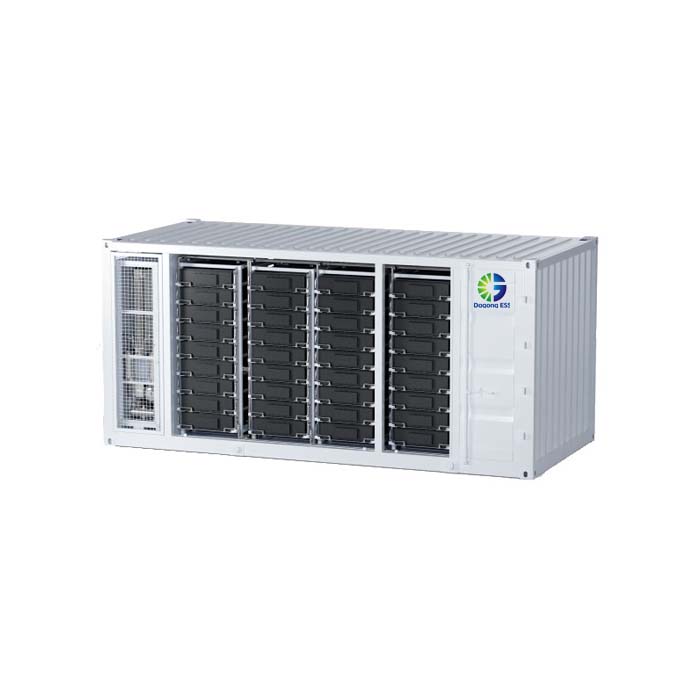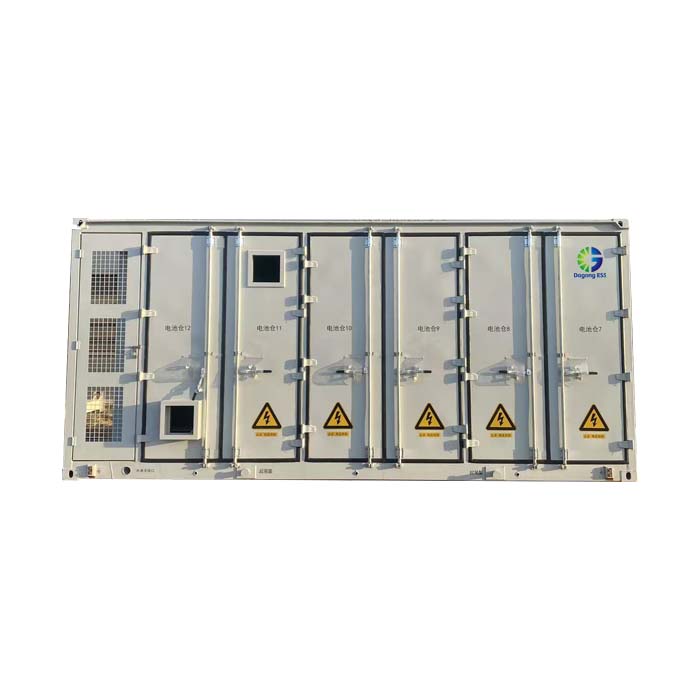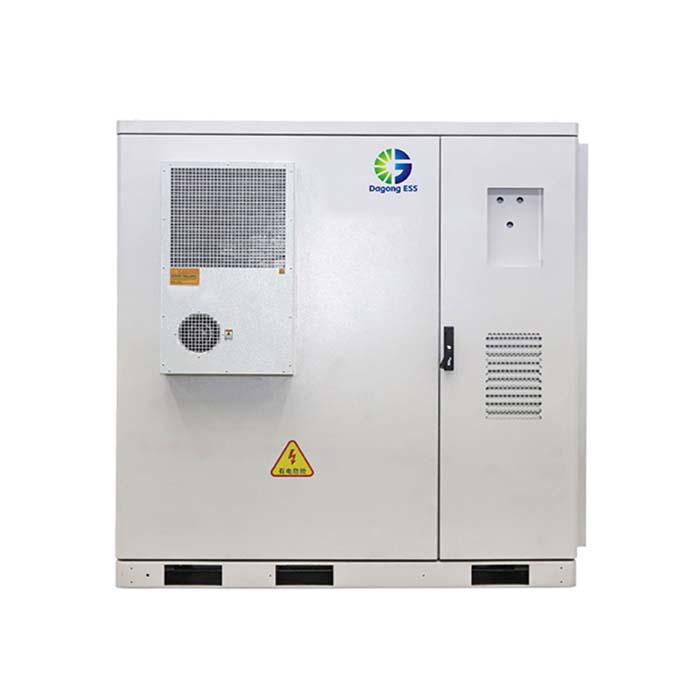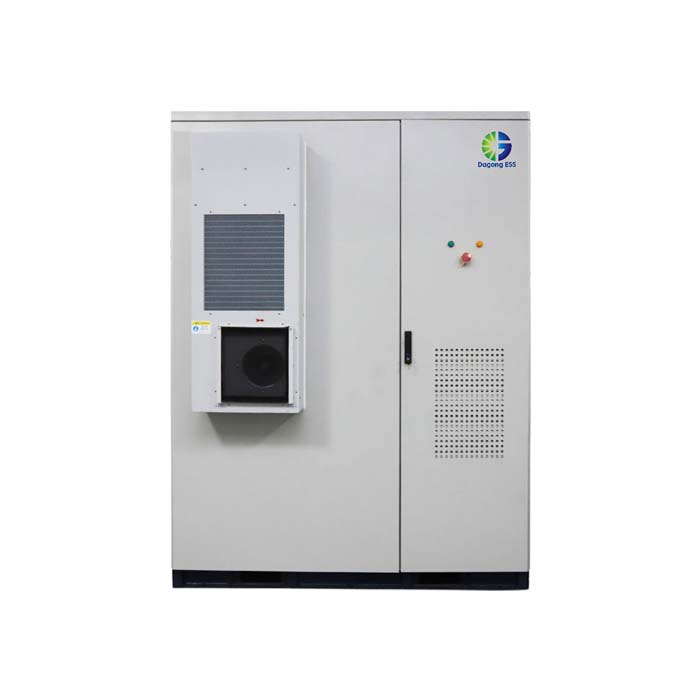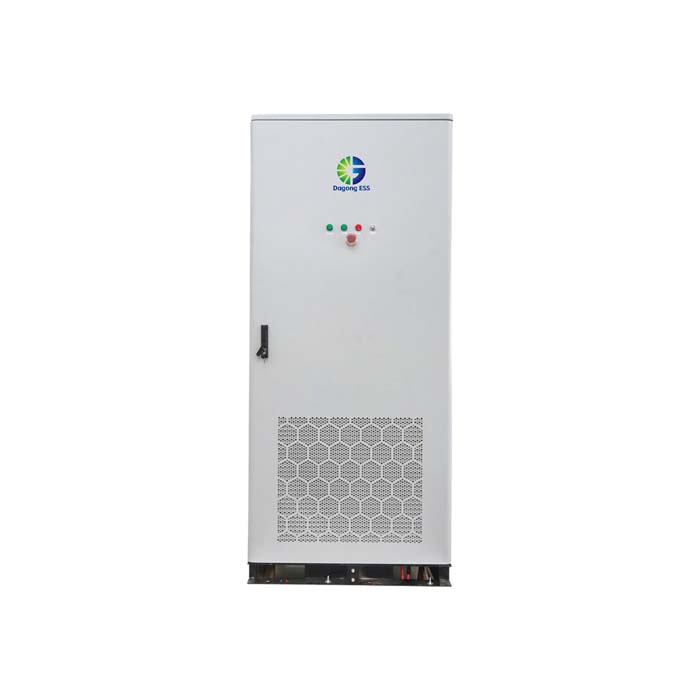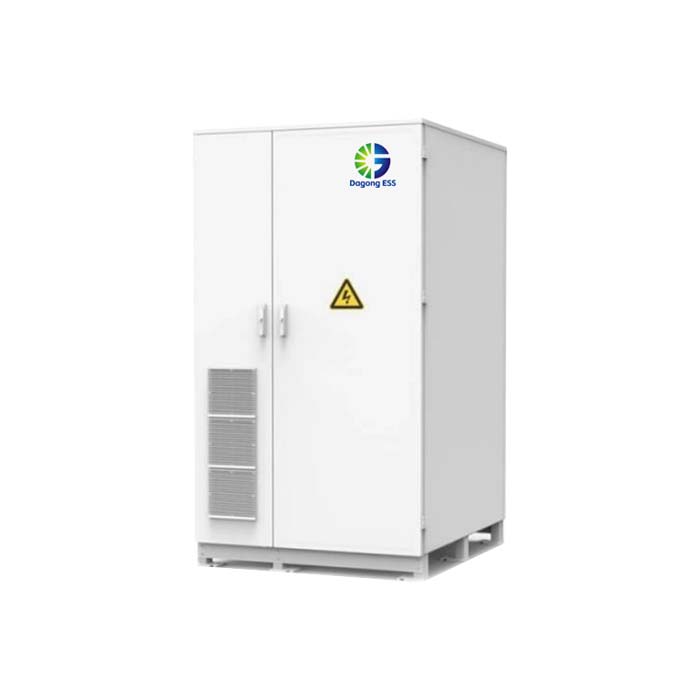Energy Storage Systems for Renewable Energy: Types, Applications, and Cost Guide
What is an Energy Storage System for Renewable Energy?
An Energy Storage System (ESS) for renewable energy integration is designed to improve the efficiency of solar, wind, and other renewable resources. By storing excess energy during low demand periods and discharging it during peak times, ESS smooths power output, reduces curtailment, and enhances grid stability. It plays a crucial role in achieving carbon neutrality and accelerating energy transition.
Types of Energy Storage Systems for Renewable Energy
Battery Energy Storage Systems (BESS): Dominated by LFP batteries, offering long cycle life and high safety, suitable for large-scale use.
Distributed storage units: Common in residential and small PV projects, improving self-consumption rates.
Containerized ESS: Modular designs ranging from 1MWh to 6.7MWh, integrating PCS, EMS, and cooling systems.
For instance, Dagong ESS offers containerized solutions including 1MWh, 2MWh, 3.35MWh, 5MWh, and 6.7MWh, covering both distributed and grid-scale projects.
Features of Renewable Energy Storage Systems
Efficient energy management: Bridges the gap between generation and consumption.
Modularity and scalability: Flexible capacity expansion from hundreds of kWh to several MWh.
Long lifespan & safety: LFP batteries with over 8,000 cycles and 15+ years of service life.
Smart monitoring: EMS enables remote control, data analysis, and predictive maintenance.
Multi-scenario compatibility: Ideal for solar, wind, grid frequency regulation, and C&I projects.
Applications of Renewable Energy Storage Systems
Solar + Storage: Solves intermittency, increases self-consumption of solar energy.
Wind + Storage: Smooths wind power output and reduces curtailment.
Grid regulation: Provides frequency response and peak shaving.
Commercial & industrial parks: Reduces energy costs and ensures backup supply.
Microgrids: Boosts local energy autonomy, suitable for remote areas and islands.
Price of Renewable Energy Storage Systems
The cost depends on system capacity, storage duration, battery technology, control software, installation conditions, and auxiliary components.
Pricing is generally quoted under EXW, FOB, or CIF trade terms, depending on location and logistics.
For accurate project-based pricing, it is best to contact suppliers directly.
How to Select Renewable Energy Storage Systems?
Capacity & duration: Match system specs to project generation and demand profile.
Cooling method: Liquid cooling for high-load/high-temperature conditions; air cooling for standard environments.
Integration level: Containerized all-in-one solutions allow faster deployment.
Certifications: Ensure compliance with CE, UN38.3, and other international standards.
Support & service: Consider warranty, remote monitoring, and technical support.
How Long Do Renewable Energy Storage Systems Last?
Typically, LFP-based systems last 10–15 years with more than 8,000 cycles. With liquid cooling and advanced EMS, long-term stability and efficiency are ensured.
Suppliers of Renewable Energy Storage Systems
Reliable suppliers are key to long-term project success. Dagong ESS provides a full range of containerized ESS from 1MWh to 6.7MWh, widely applied in PV, wind, grid regulation, and C&I energy projects.
If you are interested in renewable energy storage systems, please contact Dagong ESS:
Email: sales@dagongess.com


